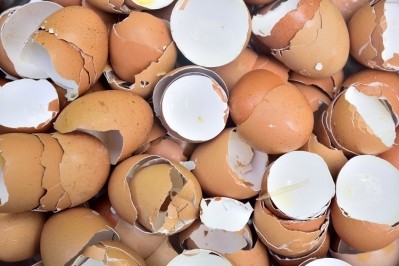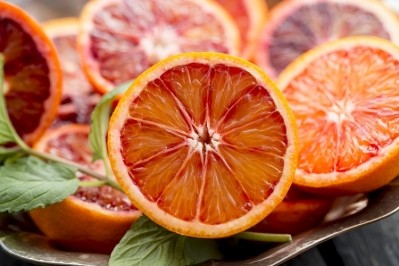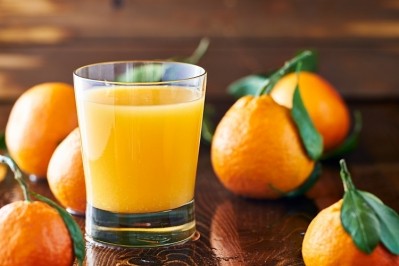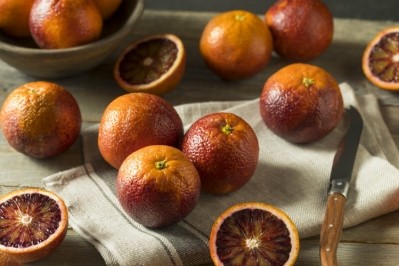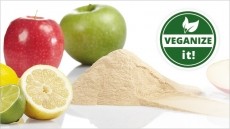‘Circular’ economy: Upcycling orange juice by-product to cut food waste and boost fibre intake
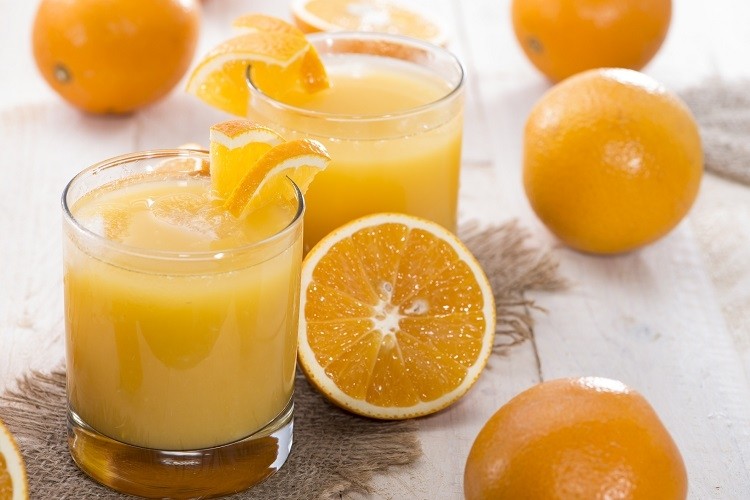
Food waste is a global concern, with fruits and vegetables accounting for the highest waste rates of any food.
In developing regions, such as Asia, Africa and Latin America, food waste and loss predominantly occurs during the agriculture and processing links of the supply chain. Traditionally, parts of the core, peel, pips, and kernels are either discarded, incinerated, or used in animal feed and fertiliser.
But what if these by-products – which contain nutrients and bioactive compounds – could be upcycled for human consumption? A team of researchers from Brazil are investigating just that, focusing specifically on orange juice production.
Juice waste potential
Brazil makes more orange juice than any other country. According to 2017 figures, the country produces 18 million tonnes a year, and accounts for three-quarters of global orange juice exports.
Yet between 45% and 60% of the fruit is made up of peel and rag by-products. It could be estimated that globally, orange juice production generates between 0.8 and one million tons of by-products each year.
These are either used as feed, or to a lesser extent, to produce essential oils. Yet it has been suggested that the peel and pomace of the fruit contain higher levels of dietary fibre, phenolic compounds, and antioxidant capacity compared to the fruit itself.
In an effort to leverage these nutrients for a functional purpose, the researchers produced a flour – known as orange by-product flour (OBPF) – and used to it produce cookies.
When life gives you oranges…
To start with, the researchers squeezed out juice from sweet oranges (Citrus sinensis). They found that the orange juice yield was 44.8% in relation to the total fruit. Once they had made the flour, they noted the OBPF calculated yield was 4.2% in relation to the total fruit.
The OBPF produced in the study presented a high level of total dietary fibre, at 73.61% of dry matter.
The cookies produced were also made with margarine, brown sugar, refined sugar, wheat flour, and chemical leavener. Overall, findings revealed that the properties of cookies were not significantly influenced by using OBPF as a substitute for wheat flour.
“Sensorial analyses showed that cookies produced with 10% OBPF presented the higher scores,” noted the researchers.
Fibre-enriched food potential
The study concluded that OBPF presented ‘interesting’ characteristics. The development of fibre-enriched foods, such as cookies, is not only possible, but ‘well-accepted by tasters’.
The orange juice by-product industry could also play a role in improving ‘fruit’ intake, along with its associated compounds. This could lead to innovation in natural ingredients for the food industry, the researchers suggested.
“For this, an adequate process for developing the by-product and its complete characterisation, in terms of composition, and also in relation to functional properties, is necessary before its application in real and easily manufactured food, which are the objectives of the study.”
Therefore, according to study authors, its production represents a key strategy for the orange juice processing industries towards the application of a circular economy in the food system.
Source: Foods
‘From Orange Juice By-Product in the Food Industry to a Functional Ingredient: Application in the Circular Economy’
Published 6 May 2020
DOI: https://doi.org/10.3390/foods9050593
Authors: Larissa Alves de Castro, Jaqueline Miranda Lizi, Eduardo Gavão Leite das Chagas, Rosemary Aparecida de Carvalho, and Fernanda Maria Vanin
